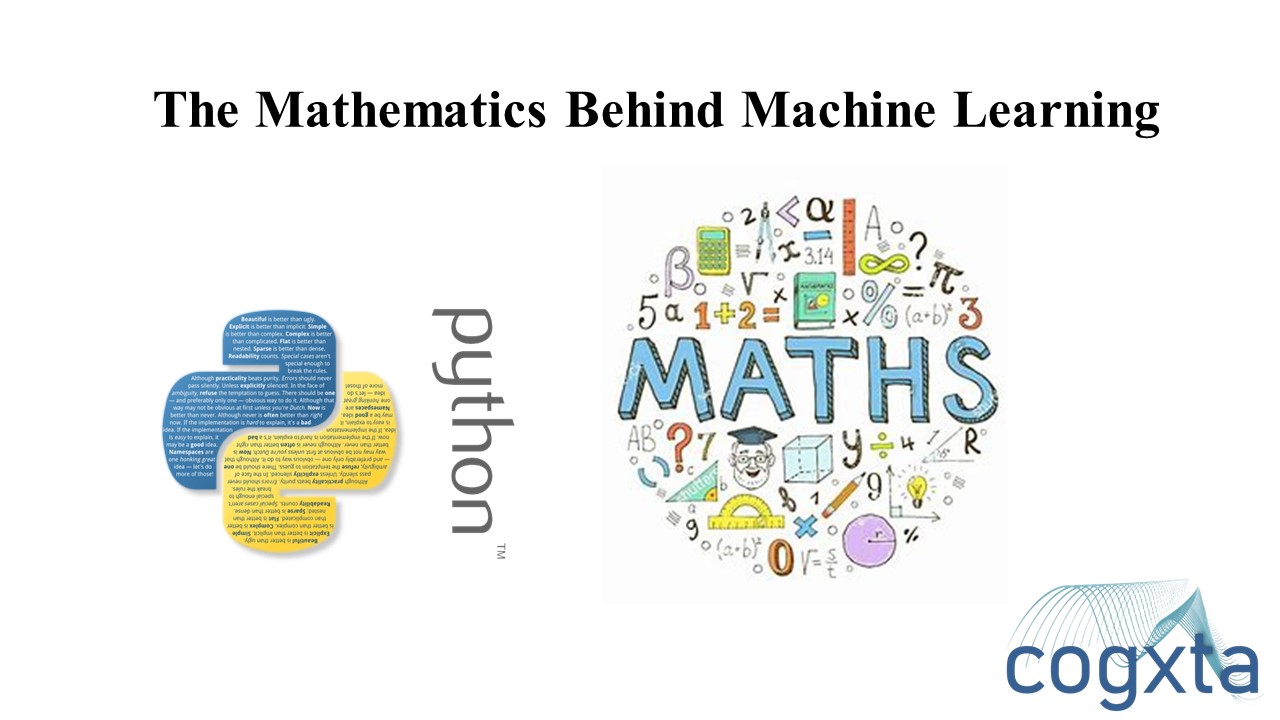-

The Mathematics Behind Machine Learning
Machine learning is a branch of artificial intelligence that enables computers to learn from data and make decisions or predictions without being explicitly programmed. At the core of machine learning algorithms lie mathematical concepts and principles that drive their functionality. In this blog post, we’ll explore some key mathematical concepts behind machine learning. Linear Algebra…
-

Being Fluent in the Language of Data: Understanding Data Quality and Statistics
Data is the backbone of modern businesses, driving decision-making and strategy. However, working with data comes with its challenges, such as ensuring data quality and understanding the statistics that describe it. In this blog post, we’ll explore these concepts to help you become a proficient data translator. 1. Understanding Data Quality Data quality is crucial…
-

Data Preparation for Machine Learning
Data preparation is a crucial step in the machine learning pipeline. It involves cleaning, transforming, and organizing data to make it suitable for machine learning models. Proper data preparation ensures that the models can learn effectively from the data and make accurate predictions. Why is Data Preparation Important? Data preparation is essential for several reasons:…
-

Composite Estimators using Pipeline & FeatureUnions
In machine learning workflows, data often requires various preprocessing steps before it can be fed into a model. Composite estimators, such as Pipelines and FeatureUnions, provide a way to combine these preprocessing steps with the model training process. This blog post will explore the concepts of composite estimators and demonstrate their usage in scikit-learn (version…
-

Custom SGD (Stochastic) Implementation for Linear Regression on Boston House Dataset
In this post, we’ll explore the implementation of Stochastic Gradient Descent (SGD) for Linear Regression on the Boston House dataset. We’ll compare our custom implementation with the SGD implementation provided by the popular machine learning library, scikit-learn. Importing Libraries Data Loading and Preprocessing We load the Boston House dataset, standardize the data, and split it…
-

Uncovering Shopping Patterns in a German Retail Store using Association Rules
In the realm of retail analytics, understanding customer behavior is key to improving sales and customer satisfaction. One powerful tool for this task is association rule mining, which can reveal interesting patterns in customer purchasing habits. In this blog post, we’ll explore how association rules can be applied to transaction data from a German retail…
-

Understanding Decision Trees: A Comprehensive Guide with Python Implementation
Introduction: Decision trees are powerful tools in the field of machine learning and data science. They are versatile, easy to interpret, and can handle both classification and regression tasks. In this blog post, we will explore decision trees in detail, understand how they work, and implement a decision tree classifier using Python. What is a…
-

Regularization and the Bias-Variance Trade-off in Machine Learning
Overfitting is a common issue in machine learning models, where a model fits the training data too closely, leading to poor generalization on new data. Regularization is a technique used to prevent overfitting by adding a penalty term to the model’s loss function. This penalty encourages simpler models and helps strike a balance between bias…
-

Understanding CIFAR-10 Dataset and K-Nearest Neighbors (KNN) Classifier
In this blog post, we’ll explore the CIFAR-10 dataset and how to use the K-Nearest Neighbors (KNN) algorithm to classify images from this dataset. CIFAR-10 is a well-known dataset in the field of machine learning and computer vision, consisting of 60,000 32×32 color images in 10 classes, with 6,000 images per class. Loading and Preprocessing…
-

Understanding Epochs in Neural Networks: A Comprehensive Guide
In this tutorial, we’ll dive deep into the concept of epochs in neural networks. We’ll explore how the number of epochs impacts training convergence and how early stopping can be used to optimize model generalization. Neural Networks: A Brief Overview Neural networks are powerful supervised machine learning algorithms commonly used for solving classification or regression…
